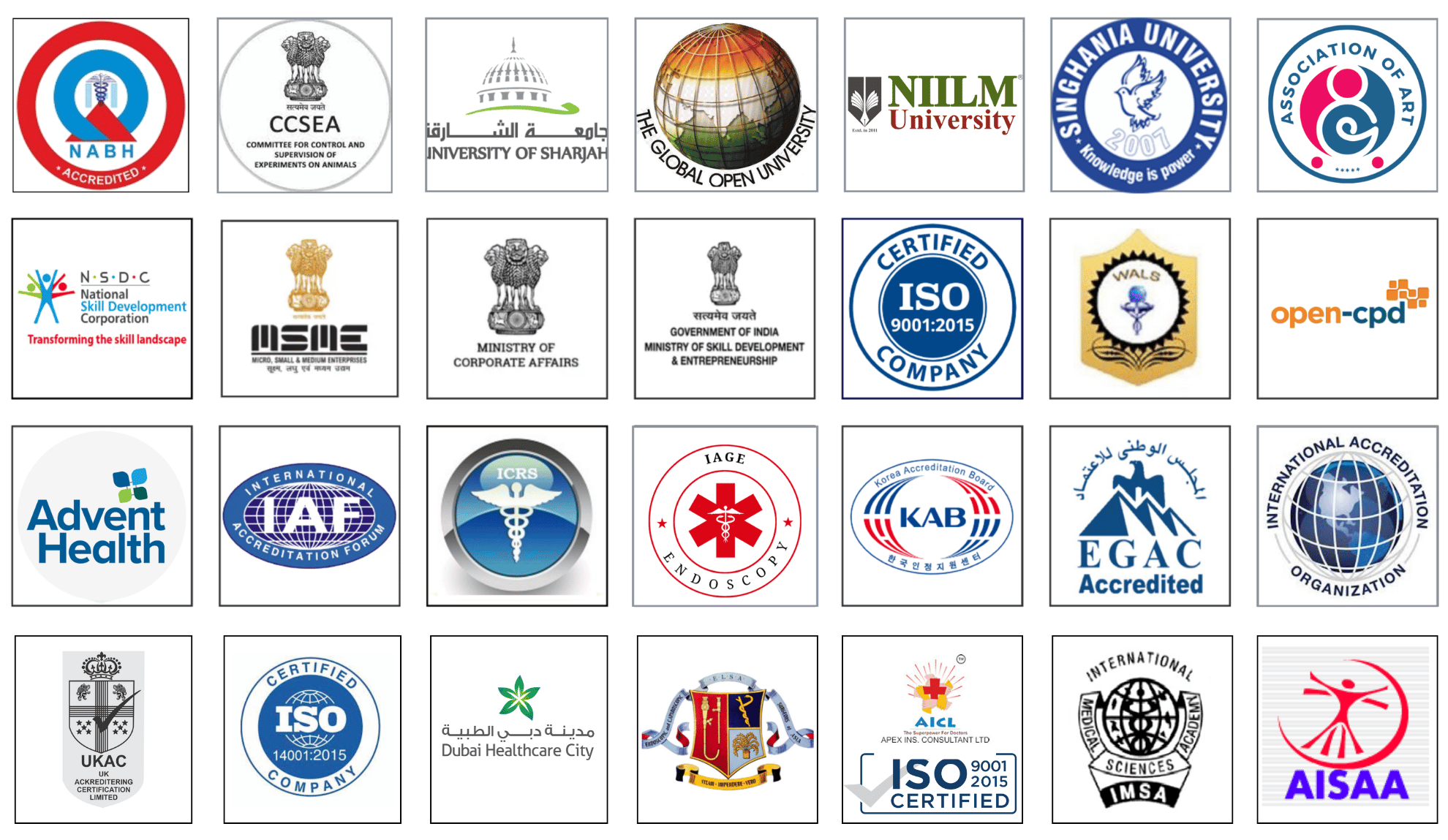Exploring Single vs. Multiple Laparoscopic Surgeries: Findings from WALS 2025
Exploring Single vs. Multiple Laparoscopic Surgeries: Findings from WALS 2025
Laparoscopic surgery, a cornerstone of modern minimally invasive techniques, has transformed surgical practice by reducing patient trauma, shortening recovery times, and improving cosmetic outcomes. As the field continues to evolve, debates surrounding the efficacy and practicality of single-incision laparoscopic surgery (SILS) versus multiple-incision laparoscopic surgery (MILS) have gained prominence. The World Association of Laparoscopic Surgeons (WALS) 2025 Congress, held on February 8-9 in Gurugram, India, provided a platform for surgeons, researchers, and innovators to present cutting-edge findings on this topic. This essay explores the key insights from WALS 2025 regarding the comparison of single and multiple laparoscopic surgeries, delving into their technical feasibility, clinical outcomes, and implications for future surgical practice.
Technical Feasibility and Operative Challenges
One of the primary distinctions between SILS and MILS lies in their technical execution. SILS, often referred to as single-port surgery, involves performing an operation through a single incision, typically at the umbilicus, using specialized instruments. In contrast, MILS employs multiple small incisions, each accommodating a trocar for instruments and a laparoscope. At WALS 2025, studies highlighted that SILS demands greater surgical skill due to the limited range of motion and instrument crowding at a single entry point. This "chopstick effect" can complicate triangulation—the spatial arrangement of instruments critical for precise dissection and suturing—potentially increasing operative time.
Conversely, MILS offers surgeons greater flexibility, as multiple ports allow for better instrument maneuverability and visualization. Presentations at WALS 2025 underscored that this advantage translates to shorter operative times for complex procedures such as colectomies or hysterectomies. However, the trade-off is the increased number of incisions, which may elevate the risk of port-site complications, such as hernias or infections. The consensus emerging from the congress was that while SILS is technically feasible, its success is heavily dependent on surgeon experience and the availability of advanced instrumentation, whereas MILS remains the more accessible and standardized approach.
Clinical Outcomes: Balancing Benefits and Risks
Clinical outcomes are a critical measure of success in comparing SILS and MILS. WALS 2025 featured several comparative studies, with a notable focus on appendectomies, cholecystectomies, and bariatric surgeries. For appendectomies, data suggested that SILS resulted in comparable complication rates to MILS, including wound infections and intra-abdominal abscesses. However, SILS patients reported higher satisfaction with cosmetic outcomes due to the single, often hidden scar. This aesthetic advantage was a recurring theme across procedures, positioning SILS as a patient-preferred option in cases where cosmesis is a priority.
In terms of postoperative recovery, findings were less conclusive. Some WALS 2025 reports indicated that SILS patients experienced slightly less postoperative pain, attributed to fewer incisions disrupting abdominal wall integrity. However, this benefit was offset by longer operative times in some studies, which could increase anesthesia exposure and associated risks. For MILS, the data showed a trend toward faster return to normal activity, particularly in technically demanding surgeries, due to streamlined procedures and reduced surgeon fatigue. Mortality and major morbidity rates, such as bleeding or organ injury, appeared equivalent between the two approaches, reinforcing that both techniques are safe when performed by skilled practitioners.
A significant point of discussion at WALS 2025 was the cost-effectiveness of each method. SILS often requires specialized ports and instruments, driving up procedural costs, while MILS leverages widely available laparoscopic tools. In resource-limited settings, this disparity could limit SILS adoption, despite its potential benefits. Presenters emphasized the need for further economic analyses to determine whether improved patient satisfaction justifies the higher upfront investment in SILS.
Innovations and Future Directions
WALS 2025 showcased technological advancements aimed at bridging the gap between SILS and MILS. The integration of robotic assistance in SILS, such as the da Vinci Single-Port system, was a highlight, offering enhanced dexterity and visualization to mitigate the limitations of manual single-incision surgery. Live demonstrations of robotic SILS procedures underscored their potential to rival MILS in precision and efficiency, though accessibility remains a barrier due to high costs and training requirements.
Another emerging trend was the hybrid approach, combining elements of SILS and MILS to optimize outcomes. For instance, a single-incision entry could be supplemented with a small additional port to improve triangulation without significantly compromising cosmesis. Such innovations suggest that the dichotomy between single and multiple laparoscopic surgeries may eventually blur, giving rise to tailored strategies based on patient needs and surgical goals.
Implications for Surgical Practice
The findings from WALS 2025 have profound implications for the future of laparoscopic surgery. For surgeons, the choice between SILS and MILS hinges on a balance of technical proficiency, patient preferences, and institutional resources. Training programs must adapt to equip surgeons with the skills for both approaches, particularly as SILS gains traction in cosmetic-sensitive populations. Hospitals, meanwhile, face the challenge of investing in technology and infrastructure to support these evolving techniques, especially in the context of global healthcare disparities.
From a patient perspective, the emphasis on shared decision-making was evident at WALS 2025. While SILS offers aesthetic and potential pain-related advantages, MILS provides reliability and efficiency, particularly for complex cases. Educating patients about these trade-offs will be essential to align surgical choices with individual priorities, such as recovery time versus scarring.
Conclusion
The exploration of single versus multiple laparoscopic surgeries at WALS 2025 reflects the dynamic nature of minimally invasive surgery. While SILS pushes the boundaries of innovation with its promise of reduced invasiveness, MILS remains a robust and practical standard. The congress illuminated the strengths and limitations of each approach, emphasizing that neither is universally superior; rather, their value lies in context-specific application. As technology advances and evidence accumulates, the surgical community is poised to refine these techniques, ensuring that patient outcomes—whether measured in recovery, satisfaction, or safety—remain at the forefront of progress. The insights from WALS 2025 serve as a roadmap for this journey, guiding surgeons toward a future where laparoscopic surgery is both personalized and precise.
No comments posted...
| Older Post | Home | Newer Post |


